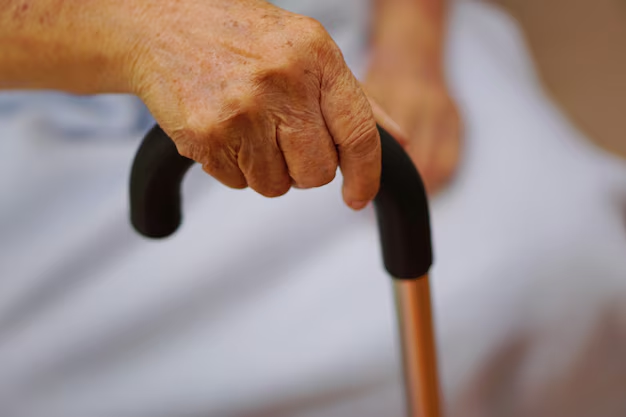Understanding Parkinson’s Progression: What to Expect and How to Prepare
Parkinson’s disease is a neurodegenerative disorder that varies widely in its progression from person to person. Although the specific timeline for advancement can differ, understanding key stages and how they typically unfold can help those affected and their families to prepare better for the road ahead.
Initial Symptoms and Early Stages
In the initial stages of Parkinson’s, symptoms are often subtle and may go unnoticed. Individuals might experience mild tremors, slight stiffness, or minor difficulties with movement. This early stage can last for several years, but these symptoms gradually become more noticeable over time.
Common early signs include:
- Tremors in the hands, fingers, or limbs, often on one side.
- Slowness of movement (bradykinesia), making everyday tasks take longer.
- Stiffness of the limbs or trunk.
- Balance problems or slight changes in posture.
While these symptoms typically don’t significantly interfere with daily life immediately, they do serve as a warning to seek medical consultation and begin treatment plans.
Middle Stages: A More Noticeable Progression
As the disease progresses into the middle stages, symptoms become more pronounced. What might have started as slight inconveniences can evolve into more disabling difficulties. Movement symptoms such as tremors and rigidity are now more prevalent, and non-motor issues like sleep disturbances, mood changes, and cognitive challenges can emerge.
Key elements to note during this period include:
- Increased difficulty with movement and mobility.
- The need for physical therapy or other interventions to maintain independence.
- Possible onset of non-motor symptoms like depression or anxiety.
During these stages, some patients may begin to require assistance with daily activities. Planning for such support becomes crucial.
Advanced Stages: Adapting to New Challenges
In the advanced stages of Parkinson’s, individuals face significantly increased challenges. Daily tasks require substantial effort, and a comprehensive care plan often becomes necessary.
Characteristics of advanced stages include:
- Severe movement limitations and reliance on wheelchairs or walking aids.
- Increased risk of falls and injuries.
- Potential cognitive decline, including memory problems or dementia.
At this stage, support from family, caregiving services, and robust medical management is vital. Patients may require full-time attention to manage their symptoms effectively and enhance their quality of life.
Financial Support for Parkinson’s Patients and Their Families
The progression of Parkinson’s disease underscores the importance of having a financial plan. Managing medical costs, planning for caregiving expenses, and ensuring a stable quality of life require foresight and resources. Fortunately, there are several avenues to explore for support.
Financial Assistance and Resources
- 💰 Government Aid Programs: Consider applying for Social Security Disability Insurance (SSDI) or Supplemental Security Income (SSI) for eligible patients.
- 🏦 Credit Solutions: Look into low-interest loans or credit lines designed for medical needs to help alleviate immediate costs.
- 🎓 Educational Grants: For younger patients or family members affected by the financial strain, educational grants can offer relief and opportunities for career growth.
- 💡 Debt Relief Options: Credit counseling agencies may assist in restructuring debt or providing guidance on financial planning.
- ⚕️ Medicare/Medicaid: Ensure enrollment in these programs to access comprehensive medical coverage and support services.
As the journey with Parkinson’s continues, understanding disease stages and having a well-prepared financial strategy can make a significant difference in managing health and wellbeing. Seeking educational resources and financial assistance early on empowers families to navigate this complex disease with greater confidence and peace of mind.

Related Topics
- Are There Environmental Causes Of Parkinsons
- Can Alcohol Cause Parkinson's
- Can Concussions Cause Parkinson's
- Can Concussions Cause Parkinson's Disease
- Can Dogs Get Parkinson's Disease
- Can Dogs Get Parkinsons
- Can Dogs Have Parkinson's
- Can Dogs Have Parkinson's Disease
- Can Females Get Parkinson Disease
- Can Head Trauma Cause Parkinson's